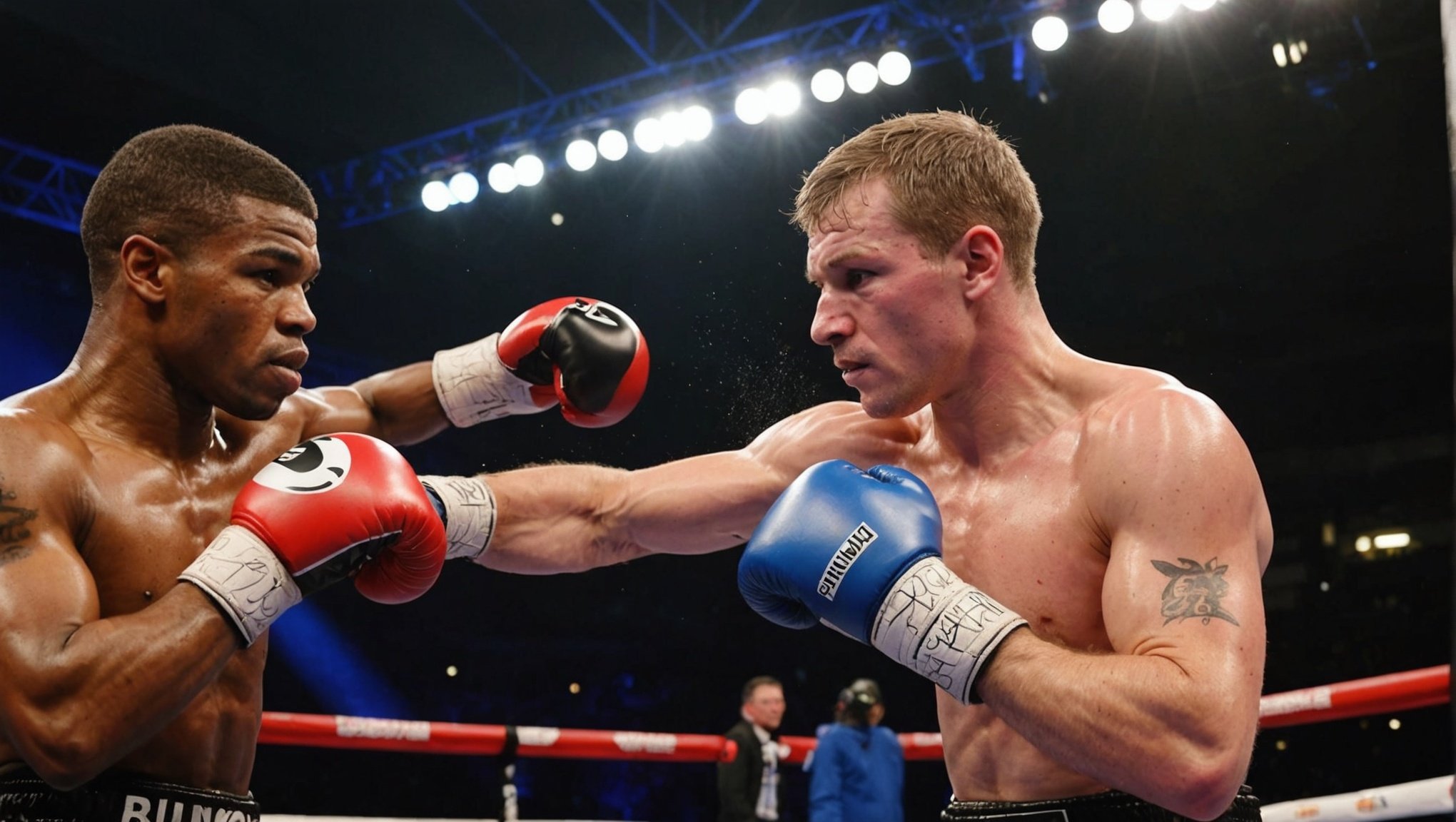Overview of Punching Precision in Boxing
Punching precision is crucial for boxing performance and directly influences a boxer’s success in the ring. High punching precision not only increases the probability of landing effective blows but also enhances overall strategy and defense. A precise punch is more likely to hit its target with the intended force, thereby dictating the flow of a match.
However, achieving such training accuracy comes with its challenges. A boxer must develop precise muscle memory while maintaining agility and power. Factors like fatigue, stress, and an opponent’s unpredictability can impact a boxer’s ability to remain accurate. Consequently, constant practice and improvement are necessary for refining these skills.
Also read : Best Dietary Supplements for UK Martial Artists: Safe and Effective Choices Explored
The integration of technology in boxing has dramatically bolstered training techniques, leading to significant improvements in punching precision. Wearable sensors and motion tracking systems allow boxers and coaches to closely monitor performance metrics. These tools provide real-time feedback, aiding in the fine-tuning of a boxer’s technique. By assessing data on stance, punch speed, and angle, these technologies enable more targeted and effective training regimens.
In conclusion, the importance of punching precision cannot be overstated. With continued advancements in technology, boxers can refine their techniques and achieve greater successes in the ring.
Also read : Reviving the Past: Discovering Traditional British Martial Arts Still Thriving Today
Modern Technology in Boxing
In recent years, boxing technology has transformed the way athletes prepare and perform. With a focus on enhancing skill and precision, modern tech tools have become indispensable training aids in today’s sports equipment landscape.
Smart Gloves
Smart gloves have revolutionized the way boxers track their performance. These gloves are embedded with cutting-edge technology, offering real-time data analytics. They’re designed to monitor various punch metrics, such as force, speed, and frequency. Advanced sensors in these gloves provide boxers with detailed insights, allowing for personalized training adjustments. A notable example is how elite boxers have used this technology to refine their punching techniques, drastically improving their overall performance.
Training Apps
The advent of boxing training apps offers a new dimension to workout routines. Popular apps enable athletes to track their performance with precision, offering features such as real-time feedback, punch count, and intensity measurement. These apps are invaluable for those looking to improve their accuracy. Boxers can seamlessly incorporate app-generated data into their training sessions for optimized regimen adjustments, ensuring that they fine-tune their strengths and address areas for improvement.
Virtual Reality Training
Virtual Reality (VR) is making waves in boxing training, providing immersive environments that replicate real-life scenarios. VR enhances judgment and reflexes, allowing boxers to practice defensive movements and strategic planning in a controlled setting. Successful implementations of VR in boxing have shown substantial gains in fighter performance, bridging the gap between physical conditioning and mental acuity.
Best Practices for Integrating Technology
Integrating technology into boxing demands strategic planning and execution. One effective practice is setting measurable goals. This can be done by utilizing technology to track metrics such as punch speed, accuracy, and endurance levels. With clear goals, boxers and trainers can see exact areas needing improvement, creating a structured path to success.
Balancing traditional training with modern tech tools requires careful consideration. Traditional methods, like sparring and physical conditioning, are irreplaceable and should be complemented, not overshadowed, by technological advancements. Training practices can incorporate wearables and apps to enhance, rather than replace, fundamental skills.
Being proactive in monitoring progress through data analytics can provide insights into effectiveness. For instance, video analysis software can highlight boxing improvements needed in posture or technique. Regularly reviewing this data allows adjustments to be made, ensuring training remains relevant and beneficial.
A crucial factor is the adaptation of methods based on feedback. As technology evolves, so too should the approaches to integrating it within training frameworks. This continuous evolution helps in maintaining a competitive edge, ensuring boxers not only meet their goals but also excel beyond them through strategic use of technology.
Case Studies and Success Stories
Exploring how technology can elevate performance in boxing reveals impressive results. Let’s delve into successful boxers and technological impacts.
Case Study: UK Boxers Using Technology
Consider the journey of a prominent UK boxer who dramatically improved their precision and performance. By integrating advanced tools such as motion sensors and video analysis software, the boxer achieved heightened training outcomes. Motion sensors track every movement, allowing the athlete and their coach to analyze techniques frame-by-frame, pinpointing areas for improvement. Video analysis provides an external view, highlighting discrepancies between intended and actual motion, ensuring that even minute adjustments in posture or speed can be made promptly.
These technological interventions have a profound effect on the boxer’s performance metrics, significantly enhancing technical accuracy and reaction time. As a result, the adaptation of such tools has become an integral part of their training routine, yielding tangible improvements and inspiring other athletes to follow suit.
Expert Opinions on Technology in Boxing
Coaches and industry experts observe that technology’s role in boxing continues to grow. Many foresee a future where biometric data will be utilized to tailor training regimens even further. As technology evolves, these tools will become more sophisticated, offering personalized insights that cater to individual training outcomes. The consensus is clear: embracing technological advancements is key to maintaining a competitive edge in the realm of boxing.
Conclusion and Future Trends in Boxing Technology
With the relentless march of innovation, the future of boxing technology is brimming with possibilities. Athletes and trainers are keenly observing emerging trends to stay ahead of competition. From enhanced training gear with biometric tracking to virtual reality sparring sessions, the landscape of boxing is undergoing a revolutionary transformation.
Anticipated advancements promise to refine techniques and improve athletes’ performance. Wearable technology, for instance, can provide real-time analysis of a boxer’s speed, force, and endurance, allowing for precise adjustments to training regimens.
However, the adoption of these technologies is not without its challenges, particularly in a sport as rich in tradition as boxing. There is often resistance from purists who believe that excessive reliance on technology could diminish the sport’s raw, human element. Additionally, the integration of advanced tools may create disparities between well-funded training facilities and smaller gyms that may not afford such innovations.
In conclusion, the evolution of boxing due to technological advancements is inevitable and offers exciting prospects. The key lies in balancing tradition with technology, ensuring that the essence of boxing remains intact while leveraging innovations for enhanced safety and performance. As the world embraces this new era, stakeholders must be open to change while remaining mindful of the sport’s storied past.











